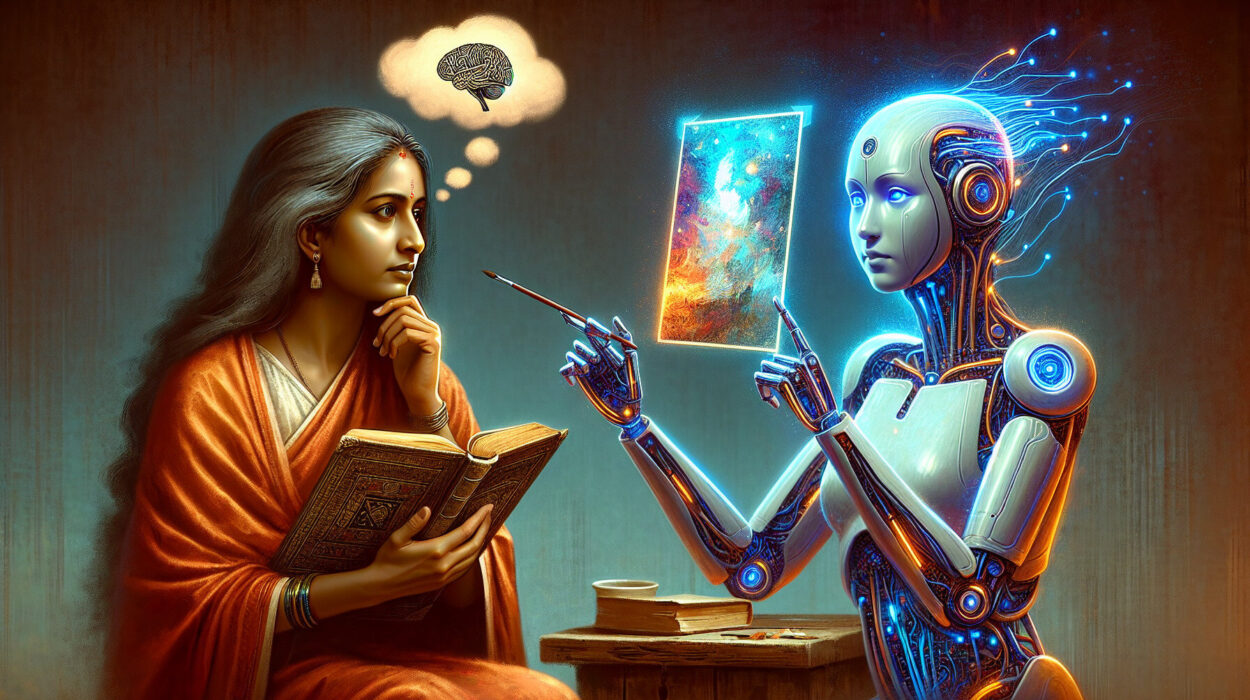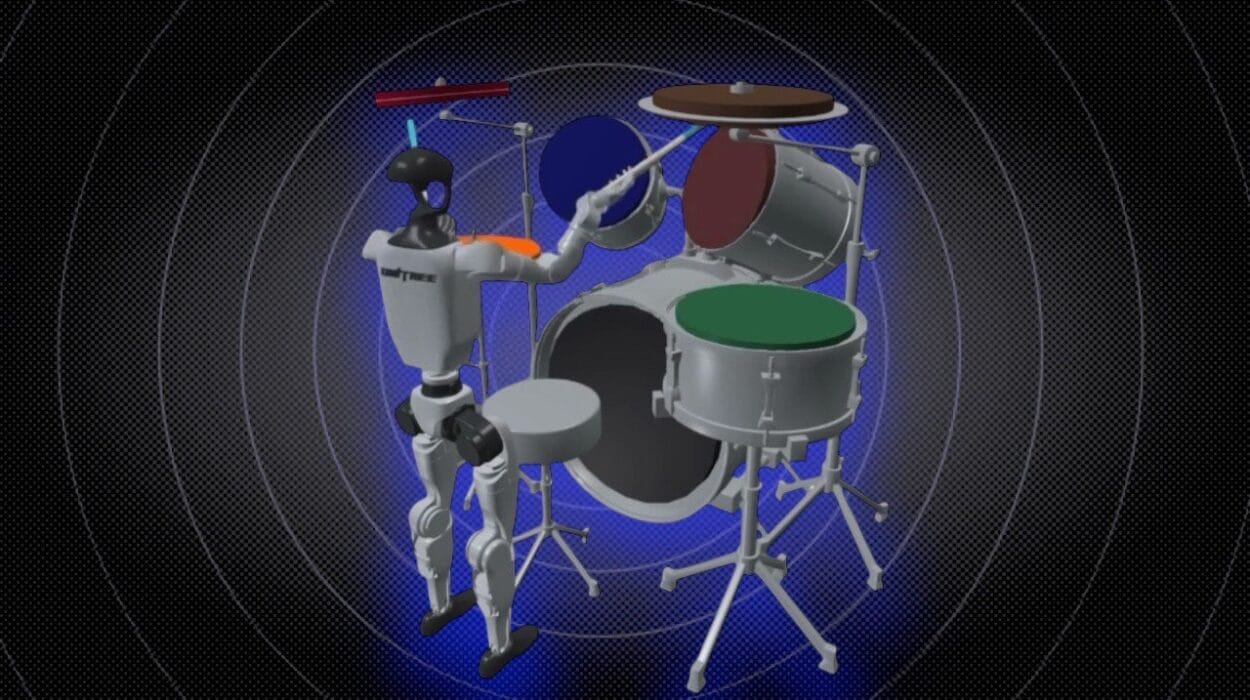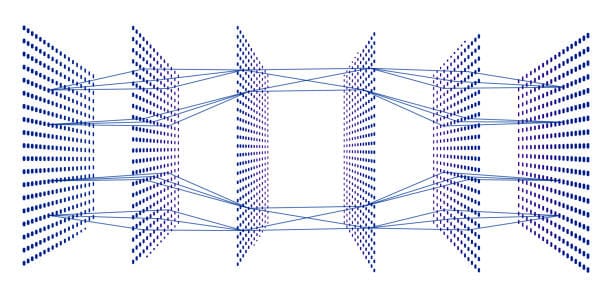Artificial Intelligence (AI) is no longer the stuff of science fiction. It has woven itself into the fabric of our daily lives, from the way we communicate and heal to the way we travel and create. It is quietly — and sometimes loudly — redefining the boundaries of possibility. The past decade has seen an explosion of AI innovations, but some stand out not just for their technical brilliance, but for their profound impact on humanity.
Below, we journey through 10 of the most extraordinary AI innovations that are actively changing the world, exploring how they work, the dreams they fulfill, and the ethical questions they awaken.
1. AI-Powered Healthcare Diagnostics
There was a time when detecting cancer, heart disease, or rare genetic disorders depended entirely on the eyes and instincts of a skilled human doctor. Today, AI systems like Google’s DeepMind Health, IBM Watson Health, and various radiology AI tools can read medical scans, pathology slides, and genetic sequences with a speed and accuracy that rivals — and sometimes surpasses — human specialists.
These systems are trained on massive datasets of medical images, lab results, and patient histories. They can identify patterns invisible to the human eye, such as the faint shadow of an early-stage tumor or subtle irregularities in a heartbeat rhythm that hint at atrial fibrillation.
The emotional impact is immense. Early diagnosis doesn’t just save money — it saves lives. Imagine a young mother in a rural village whose breast cancer is detected years earlier than it would have been otherwise, or an elderly man whose stroke risk is caught before the first symptoms ever appear. AI turns what once felt like miraculous luck into a standard part of care.
Of course, this innovation comes with challenges: privacy, data security, and ensuring AI doesn’t inherit the biases present in historical medical records. But when used responsibly, AI-powered diagnostics may be the single most life-saving technological leap since the invention of antibiotics.
2. Autonomous Vehicles and AI-Driven Transportation
From self-driving cars to delivery drones, AI is redefining how humanity moves. Tesla, Waymo, Cruise, and Baidu’s Apollo project have poured billions into building AI systems capable of navigating chaotic city streets, avoiding pedestrians, and making split-second driving decisions without human input.
At the heart of autonomous vehicles are computer vision systems and reinforcement learning algorithms that continuously improve by simulating millions of driving scenarios. Cameras, radar, and LiDAR sensors feed real-time data to AI models that interpret road signs, predict the behavior of other drivers, and even negotiate tricky situations like four-way stops.
The dream here is twofold:
- Safety: Reducing the 1.3 million annual global traffic deaths caused mostly by human error.
- Accessibility: Giving mobility to people who cannot drive — the elderly, the visually impaired, or those with disabilities.
There’s a poetic quality to imagining a world where a grandmother in Tokyo can summon a driverless car to visit her grandson, or where a child in a wheelchair can independently ride to school.
Yet, the road ahead is not without bumps: regulatory hurdles, public trust issues, and the moral dilemmas of AI decision-making in unavoidable crash scenarios. Still, this is one innovation likely to reshape both city infrastructure and our personal sense of freedom.
3. Natural Language Processing and AI Communication Tools
If you’ve ever spoken to a voice assistant, translated a phrase instantly, or had a chatbot answer your question at 2 a.m., you’ve seen the magic of AI’s Natural Language Processing (NLP). Systems like OpenAI’s GPT series, Google’s Bard, and Anthropic’s Claude can not only understand human language, but generate it in ways that feel remarkably natural.
This is a leap beyond simple keyword matching. Modern NLP models have digested vast swaths of human writing, enabling them to summarize complex reports, draft personalized emails, generate legal documents, or even write emotionally engaging poetry.
The implications are staggering:
- Students in remote regions can now have AI tutors that adapt to their learning pace.
- Refugees can communicate instantly in a new language without waiting months to learn the basics.
- Businesses can translate their offerings into dozens of languages instantly, reaching global markets.
We are inching toward a world where language barriers — one of humanity’s oldest divides — may dissolve entirely. But the same tools also force us to confront the risk of disinformation, AI-generated propaganda, and plagiarism at unprecedented scale. The question becomes: how do we ensure the democratization of communication doesn’t erode the trust on which it depends?
4. AI in Drug Discovery and Biotechnology
Developing a new drug used to take 10 to 15 years and billions of dollars. AI is cutting that timeline dramatically, and in some cases, it’s finding promising molecules in a matter of days.
DeepMind’s AlphaFold, which predicted the 3D structure of nearly every known protein, has been called one of the most important breakthroughs in modern biology. Proteins are the machines of life, and knowing their shapes unlocks an entirely new era of targeted drug development.
Other AI platforms can screen billions of potential compounds in silico (on a computer) before ever touching a lab bench. This means fewer failed experiments, faster vaccine design, and a more agile response to pandemics.
The COVID-19 crisis gave us a glimpse: AI helped accelerate vaccine candidates by analyzing viral protein structures and predicting how they might mutate. In the future, when a novel virus emerges, we might go from genome sequencing to an effective vaccine in weeks instead of years.
The human side of this is almost impossible to overstate. Every year shaved off drug development means thousands — sometimes millions — of lives spared from suffering or death.
5. AI-Enhanced Climate Modeling and Environmental Protection
Climate change is one of humanity’s greatest challenges, and our ability to model it accurately is essential for survival. Traditional climate models require vast computational power, and even then, they can struggle with certain regional predictions. AI is now stepping in as a powerful ally.
Companies and research groups are using AI to analyze decades of climate data, satellite imagery, and atmospheric readings to create hyperlocal climate forecasts. These models can predict drought patterns, track deforestation in real time, and even anticipate extreme weather events days earlier than current systems.
AI-powered environmental monitoring also extends to wildlife conservation. Machine learning models analyze sound recordings from forests to detect illegal logging, track endangered species through camera traps, and even identify whale songs in noisy oceans.
The emotional pull here is profound. Picture an AI system that alerts local rangers to a poacher’s approach before a single animal is harmed, or predicts a crop failure in time for farmers to adjust planting strategies and avoid famine. These are not just technological feats — they’re acts of planetary stewardship.
6. AI-Driven Personalized Education
No two students learn exactly the same way. Some grasp concepts visually, others through hands-on experimentation. Traditional classrooms struggle to meet every learning style simultaneously — but AI can.
Adaptive learning platforms like Carnegie Learning, Duolingo’s AI-driven language tutoring, and Squirrel AI in China analyze each student’s strengths, weaknesses, and learning pace. The AI then crafts a personalized lesson plan that evolves in real time.
For a struggling student, this can mean the difference between falling permanently behind and catching up with confidence. For gifted learners, it means being challenged enough to stay engaged rather than bored.
Imagine a 12-year-old in rural India with no access to a specialized math teacher, working through a world-class AI curriculum that adapts to her needs as she goes. Education becomes less about where you’re born and more about your curiosity and persistence.
The challenge, of course, is equity: ensuring these tools reach the children who need them most, rather than only those in wealthy, connected nations.
7. AI in Creative Arts and Content Generation
Once upon a time, creativity was considered uniquely human. But AI is now composing symphonies, painting in the style of Van Gogh, writing novels, and generating entire films from text prompts.
Generative models like Midjourney, DALL·E, and Runway ML can take a single sentence and produce stunning visual art. AI music platforms can create custom soundtracks for independent filmmakers who could never afford an orchestra. Large language models can co-write screenplays or generate ideas for new video games.
This raises deep philosophical questions: if a poem moves you to tears, does it matter whether it was written by a human or an algorithm? Critics fear that AI may flood the world with low-quality, derivative art — but others argue that it democratizes creativity, giving more people the ability to express themselves regardless of skill level.
One thing is certain: AI is not replacing human imagination, but expanding its canvas. Artists who embrace these tools are finding new forms of expression that blend human vision with machine precision.
8. AI-Powered Financial Systems and Fraud Detection
Every day, trillions of dollars move through the global financial system, and with it comes the risk of fraud, market manipulation, and cybercrime. AI is now the frontline defense.
Machine learning algorithms monitor transactions in real time, flagging anomalies that could indicate fraudulent activity. These systems learn from billions of past transactions, making them faster and more accurate than human auditors.
Beyond security, AI is also transforming investment strategies. Hedge funds and asset managers use predictive models to spot market trends, optimize portfolios, and execute trades in milliseconds. Robo-advisors now offer affordable, personalized investment guidance to ordinary people.
While there are dangers in over-reliance on algorithmic trading — as seen in past “flash crashes” — the ability of AI to detect and prevent crime, and to give more people access to financial planning, is reshaping economic inclusion.
9. AI in Space Exploration
Space is vast, dangerous, and expensive to explore. AI is making it more accessible. NASA, the European Space Agency, and private companies like SpaceX are using AI for spacecraft navigation, planetary mapping, and anomaly detection on long missions.
Rovers like Curiosity and Perseverance on Mars use AI to decide which rocks to analyze and how to navigate around obstacles. AI systems sift through the torrent of data from telescopes, finding patterns that could indicate new planets, black holes, or even the faint signals of extraterrestrial life.
As humanity prepares for deep space missions — to Mars, asteroids, and beyond — AI will be essential for autonomous decision-making when communications with Earth take minutes or hours. A spacecraft millions of kilometers away can’t wait for mission control to approve every move.
There’s a romance to this idea: AI as the silent co-pilot of our cosmic journeys, helping us take humanity’s first steps into the stars safely and wisely.
10. AI for Accessibility and Assistive Technologies
For millions of people with disabilities, AI is unlocking new forms of independence. Speech recognition and eye-tracking software allow people with paralysis to use computers and communicate. AI-powered hearing aids filter out background noise and adapt in real time to different environments.
Computer vision systems like Microsoft’s Seeing AI can describe a scene to someone who is blind, read aloud from a printed page, or identify people by name. Real-time captioning tools allow the deaf and hard-of-hearing to participate more fully in meetings, classrooms, and social gatherings.
The emotional weight of these tools is enormous. Imagine regaining the ability to “read” a loved one’s facial expression after years of isolation, or being able to apply for a job independently after decades of relying on others for basic communication.
In many ways, AI’s greatest triumph may not be in building smarter machines, but in helping humans live fuller, more connected lives.






